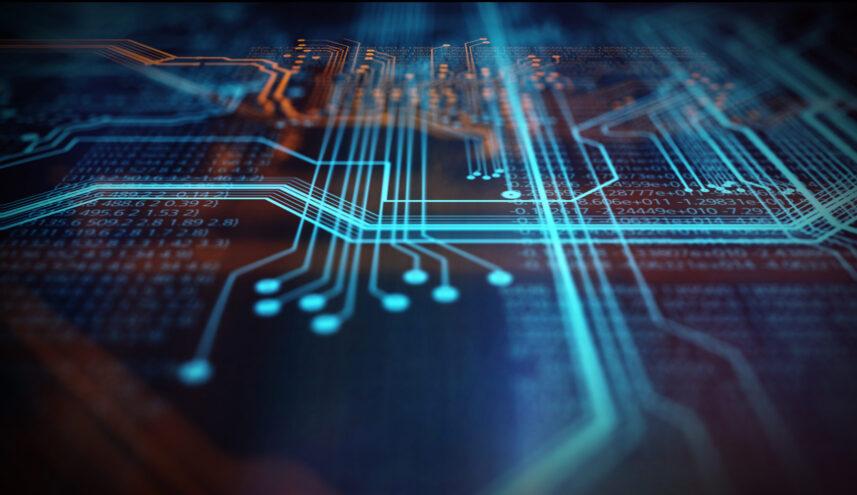With IoT products quickly becoming the in-thing of contemporary civilization, the IT industry broadens its sway turning embedded firmware development into one of its provinces. Computer experts augment their skillsets by learning, among others, embedded firmware design and firmware development life cycle offering an ever-growing consumer audience an extensive scope of firmware development services.
Sirin Software as one of the seasoned firmware development companies moves within the mainstream of this pervasive embedded systems drive. Yet, for many of our clients who can make a clear-cut distinction between hardware and software, differentiating the latter from firmware is still a poser which is especially bewildering when it goes about embedded electronics.
The Difference between Software and Firmware Explained
Understanding the nuts and bolts of embedded firmware development is impossible without discriminating firmware and software. What’s that difference exactly?
Both these types of computer programs and data “live” inside some kind of hardware enabling it to perform some functions. The principal distinction between them is found in the changeability potential which is directly related to the metaphorical name of either system.
Why is software “soft”? Because it can be easily modified, amplified, or deleted whenever the developer wishes. Having RAM of an embedded or any other device as its “permanent abode”, data and programs are retrieved from it to be used according to the instructions a user enters. In case the power supply is switched off, they are lost but can be accessed again in the RAM storage when it is powered again. It is in RAM where the software gets new instructions issued by the processor to be further employed for controlling the whole device.
Why is firmware “firm”? Because once written by the experts of firmware development companies during the embedded firmware design process as a part of the firmware development life cycle, this set of programs and data is subject to no changes. This characteristic of firmware is conditioned by its storage place (typically, ROM) and intended usage (some limited number of a system’s basic functions, like loading an OS or launching a codec to play a music file). One may say that firmware is a kind of software (but not the other way around) that is effectively a part of the hardware of a device, the integration of the two being achieved in both mechanical and digital domains.
Lately, firmware development services extended by firmware development companieshave gained fresh dynamics due to the advent of new hardware types. Such innovations not only revolutionized the entire firmware development life cycle and significantly altered embedded firmware design but essentially changed the very definition of firmware as well.
Embedded Firmware Development: Attaining New Levels of Technology
Nowadays, firmware development companies that keep abreast of the latest advancements in the field vary their firmware development services and prices, depending on the level of firmware commissioned by their customers.
- Low-level firmware. It is classics in its niche. Being most tightly intertwined with hardware and thus uneditable, it is stored on non-volatile memory media. Alongside the above-mentioned ROM, the latter include One-Time Programmable (OTP) structures and Programmable Logic Array (PLA) memory.
- High-level firmware. This is a new word in the realm since it is stored on flash memory chips that allow updates, which makes it conceptually closer to software.
- Subsystems. In these structures, firmware microcode is embedded in semi-independent elements of a larger unit. In fact, subsystems behave like standalone devices with CPUs, flash chips, or LCD blocks as memory media.
As a result of the paradigm change, the contemporary embedded market abounds in easily updatable firmware, such as modems, video cards, routers, as well as in data storage systems whose update is performed not that often (for instance, computer hard drives or USB flash drives).
The “softening” evolution of firmware is accompanied by the expansion of the design language roster leveraged in firmware development services delivery. The conventional C and C++ are increasingly complemented (or even ousted) by VHDL or Verilog for extensive digital logic devices and by Python or MicroPython for apps. All of them have an embedded version that is software or firmware-specific (sometimes allowing both).
Despite the fact that firmware is approaching software in its major characteristics, it is still critically dependent on the quality of hardware it is housed in. That is why selecting a company for your embedded endeavor, it is essential to engage an outsourcer that specializes in PCB development as well.
Summing It Up
Today, state-of-the-art firmware gets ever more sophisticated, broadening the range of functionalities, updating opportunities, and application potential. Sirin Software as a company with extensive experience in the field can handle any embedded firmware development project, creating a reliable product at an affordable price.

